Programming News
Medium
558
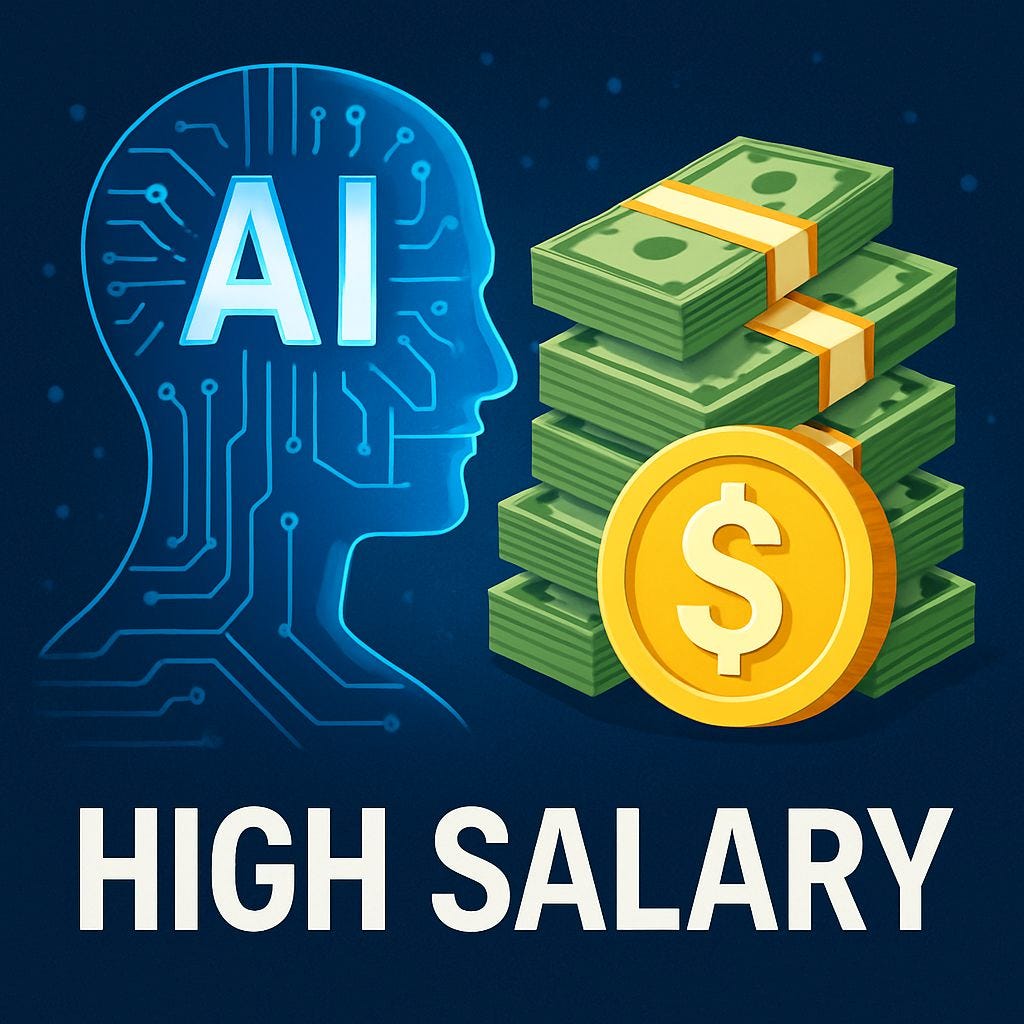
Image Credit: Medium
Power of Artificial Intelligence in Today’s Job Market
- Artificial intelligence (AI) is reshaping the job market by creating high-paying opportunities for individuals with AI skills.
- Individuals like Kiran have benefited from mastering AI skills, transitioning from job struggles to well-paid positions in top tech companies.
- AI is pervasive in today's world, from virtual assistants to self-driving cars, impacting industries like healthcare, finance, and retail.
- Proficiency in building, managing, and utilizing AI systems is increasingly in demand, with job openings requiring knowledge of machine learning, data analysis, and AI programming.
Read Full Article
24 Likes
Dev
0

Image Credit: Dev
Building REST APIs with FastAPI: A Comprehensive Guide
- FastAPI is a modern web framework for building APIs with Python 3.7+ based on standard Python type hints, designed for high performance and ease of use.
- To start with FastAPI, you need to install it along with an ASGI server like Uvicorn, creating a basic 'Hello, World!' API is straightforward.
- FastAPI allows defining API endpoints with different HTTP methods effortlessly, like creating and reading items in an inventory.
- Advanced features of FastAPI include dependency injection, background tasks, and middleware, which can be utilized for tasks like user authentication.
Read Full Article
Like
Logrocket
145
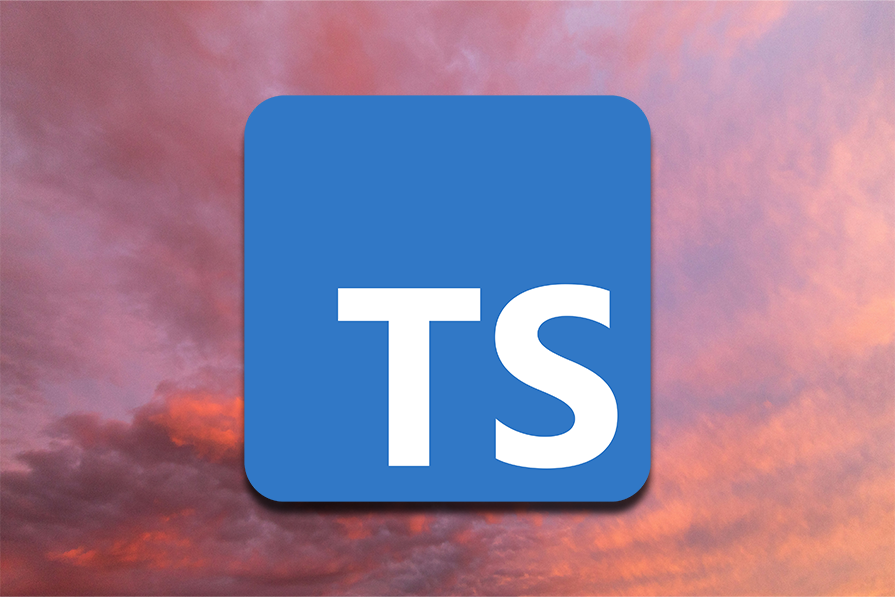
Image Credit: Logrocket
How to properly handle rejected promises in TypeScript
- Promises in TypeScript help handle asynchronous operations, preventing 'callback hell' situations.
- The article discusses handling rejected promises in TypeScript, showing examples and Angular implementations.
- It explains how to manage promise rejection, retry failed promises, and utilize interfaces.
- Tips include handling errors in Observables and gracefully degrading operations.
Read Full Article
8 Likes
Siliconangle
390

Image Credit: Siliconangle
Eclipse Foundation announces Jakarta EE 11 to advance cloud-native Java productivity
- The Eclipse Foundation's Jakarta EE working group has announced the release of Jakarta EE 11 Platform, the latest version of its enterprise Java platform.
- Jakarta EE 11 introduces Jakarta Data for common data access patterns and deprecates Managed Beans in favor of Contexts and Dependency Injection.
- Performance enhancements in Jakarta EE 11 include support for lightweight Virtual Threads to scale thousands of concurrent tasks with minimal overhead.
- Jakarta EE 11 requires Java 17 or higher for enterprises, with a focus on innovation, API stability, and compatibility for enterprise developers.
Read Full Article
23 Likes
Discover more
- Software News
- Web Design
- Devops News
- Open Source News
- Databases
- Cloud News
- Product Management News
- Operating Systems News
- Agile Methodology News
- Computer Engineering
- Startup News
- Cryptocurrency News
- Technology News
- Blockchain News
- Data Science News
- AR News
- Apple News
- Cyber Security News
- Leadership News
- Gaming News
- Automobiles News
IEEE Spectrum
345
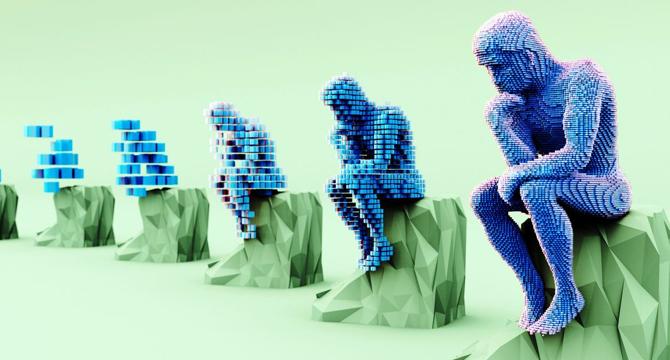
Image Credit: IEEE Spectrum
AI Improves at Improving Itself Using an Evolutionary Trick
- Microsoft and Google have AI writing significant portions of their code.
- Researchers have made progress in creating self-improving coding agents using AI evolution.
- New system called Darwin Gödel Machines showed promising results in solving programming challenges.
- The study demonstrates the potential for AI to evolve beyond human expertise in coding.
Read Full Article
20 Likes
Medium
95
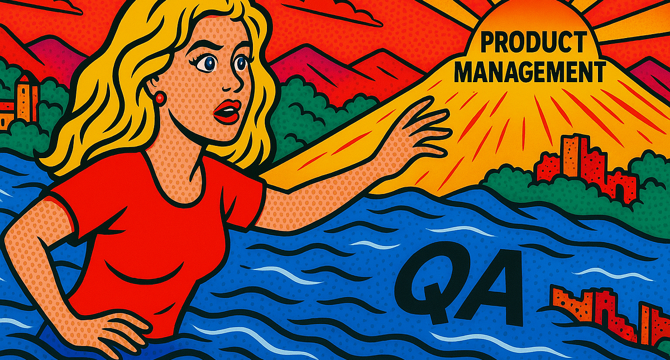
Image Credit: Medium
From QA to Product Manager
- The article discusses the shift from working in Quality Assurance (QA) to becoming a Product Manager, highlighting the changing landscape fueled by automation and the blending of roles.
- QA professionals are positioned to excel in Product Management as they already possess skills in product discovery, root cause analysis, observability, and product stewardship, which are valuable in the modern product stack.
- The article emphasizes the need for QA professionals to reposition themselves by leveraging their skills to lead the value chain in Product Management.
- It also promotes a course on transitioning from QA to Product Manager, offering guidance on positioning experience, mindset shifts, resume and interview preparation, and practical steps for a career transition.
Read Full Article
5 Likes
Logrocket
0
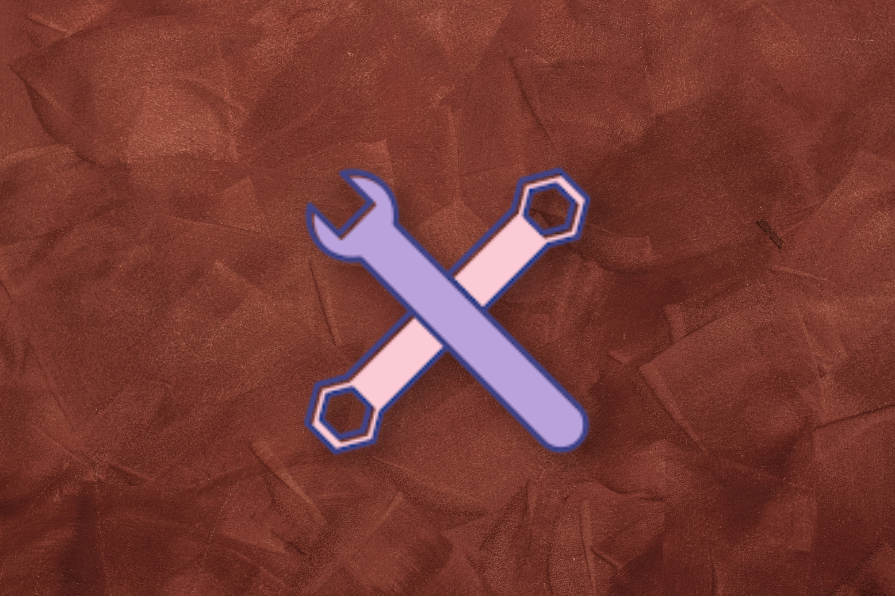
Image Credit: Logrocket
The most valuable hard skills for product managers in 2025
- Hard skills for product managers in 2025 include prompt engineering, SQL, API literacy,
- Figma, and A/B testing. These skills enhance productivity, collaboration, and decision-making.
- AI tools like ChatGPT can aid in improving these hard skills effectively.
Read Full Article
Like
Medium
153

Wrap Once, Run Everywhere_ Integrating Python with .NET, Java, and Node.js using Javonet
- Javonet enables the creation of native wrappers around Python code for seamless integration with .NET, Java, and Node.js applications.
- By using Javonet, developers can bridge the gap between languages, allowing for easy interoperability and code reuse.
- The process involves creating a Python class with methods, setting class type names for reference, and wrapping it elegantly for .NET, Java, and Node.js.
- Javonet simplifies the process by providing developer-friendly solutions, empowering teams to innovate faster and combine different technologies effectively.
Read Full Article
9 Likes
Medium
142
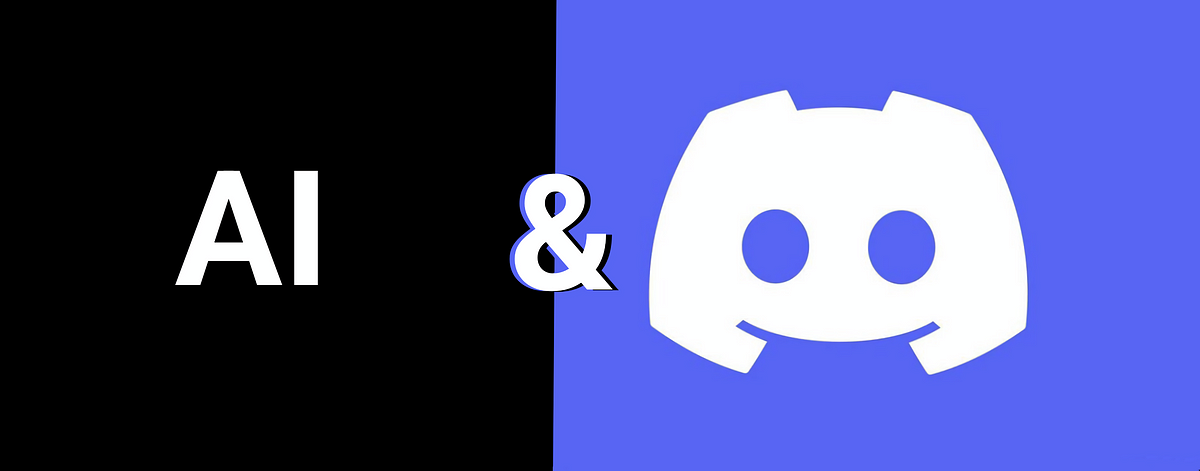
Image Credit: Medium
Building a Discord AI Bot — Using Local LLMs
- The post details the creation of a real-time responding Discord bot in the character of Leon S. Kennedy using a local LLM, supporting both Arabic and English.
- The bot was designed with minimal hardware requirements, operates fully offline, and boasts features like customizable personality traits, English and Arabic responses, typing animation simulation, and reply cooldown.
- The project showcased insights on the development process, highlighting the strength of local LLMs, the importance of giving bots personalities for immersive interactions, and the value of adding Arabic language support with careful prompt design.
- Future plans for the bot include implementing a long-term memory system, dynamic character personality switching, fine-tuning the LLM on Resident Evil 4 dialogues, creating a web dashboard for personality refinement, exploring voice response capabilities in Discord voice channels, and adding a self-training feature for continuous improvement.
Read Full Article
8 Likes
Medium
6.2k

STEAM Education: Cubetto
- Cubetto offers tactile programming without screens to engage young students in STEAM concepts.
- The tiny robot uses physical coding blocks for commands, loops, and sequences.
- It enhances learning with math, literacy, problem-solving, and teamwork experiences beyond coding.
Read Full Article
46 Likes
Dev
124

Image Credit: Dev
Top Vue Admin Templates on GitHub
- Vue admin templates on GitHub offer a variety of features and customization options.
- Templates like CoreUI, Berry, and Mantis ensure efficient dashboard development with UI components.
- From Vuetify to Bulma, these free templates cater to different project requirements for developers.
- Responsive design, pre-built pages, and customization abilities make these templates ideal for web apps.
- Programmers can leverage these templates to build sophisticated and responsive admin interfaces effortlessly.
Read Full Article
7 Likes
Dev
153

Image Credit: Dev
My Dive into Version Control: Git & GitHub for Collaborative Coding Author: Dorice
- Learn about using Git and GitHub for collaborative coding projects efficiently.
- Discover version control benefits like tracking changes, going back in time, and teamwork.
- Explore tricks like forking, teamwork, pull requests, code review, and handling merge conflicts.
- GitHub Issues, basic Git commands, and pushing changes online are also discussed.
Read Full Article
9 Likes
Alvinashcraft
262

Dew Drop – June 26, 2025 (#4447)
- Visual Studio introduces Better Models and Smarter Defaults with Claude Sonnet 4 and GPT-4.1 for more control.
- .NET 10 Previews 4 and 5 improve Blazor performance and JS interop.
- AI developments include updates on Docker State of App Dev, Model Context Protocol, and Microsoft facing a lawsuit over AI training.
- Bumble plans to lay off 30% of its workforce, Meta recruits OpenAI researchers, and new SQL Server tools and services enhance reporting and analytics.
Read Full Article
15 Likes
Medium
208
Image Credit: Medium
React vs React Native: What’s the Difference?
- React is a JS library for building dynamic web interfaces.
- React Native extends React to build mobile apps for iOS/Android.
- React encourages reusable components, while React Native renders native UI.
- React and React Native share core concepts but differ in rendering targets.
- React ideal for web apps, React Native for performant mobile apps development.
Read Full Article
12 Likes
Javacodegeeks
303

Image Credit: Javacodegeeks
[DEALS] 1min.AI: Lifetime Subscription (82% off) & Other Deals Up To 98% Off – Offers End Soon!
- 1min.AI: Lifetime Subscription is currently at an 82% discount on the Deals store.
- Other offers include discounts of up to 98% on various products like ResumePhoto AI, Cloud Computing Bundle, Microsoft SQL Server Bundle, and more.
- The offers encompass subscriptions like MyCVBot Pro Plan, AdGuard, FastestVPN PRO, as well as educational bundles such as the CISSP Security & Risk Management Training Bundle and Microsoft Azure Architect & Administrator Exam Certification Prep Bundle.
- The Deals store provides a range of discounts on software subscriptions and educational resources for interested customers.
Read Full Article
18 Likes
For uninterrupted reading, download the app